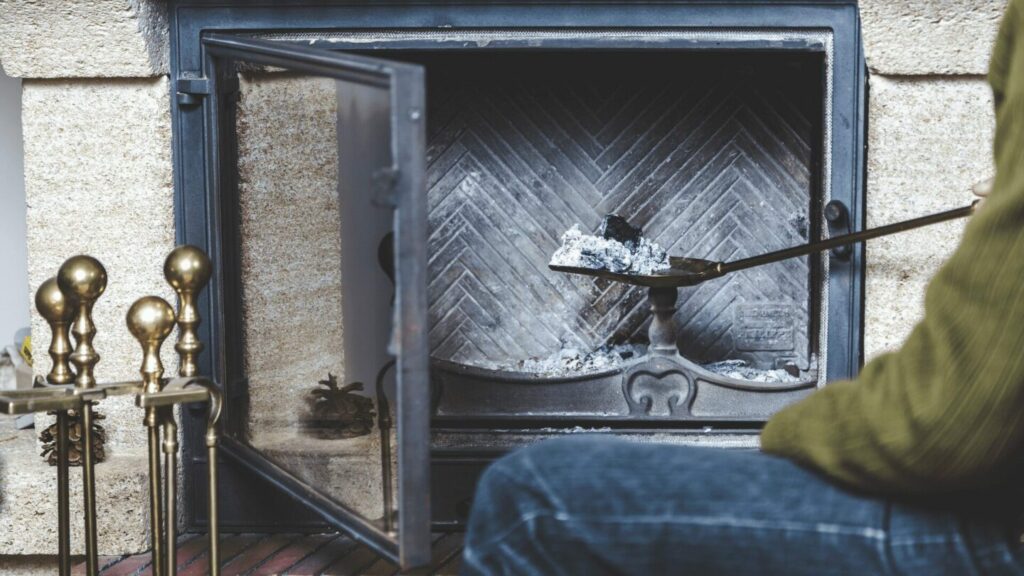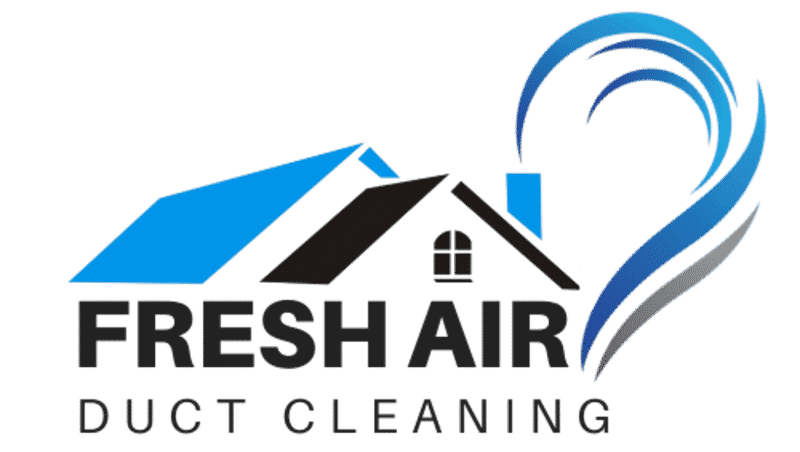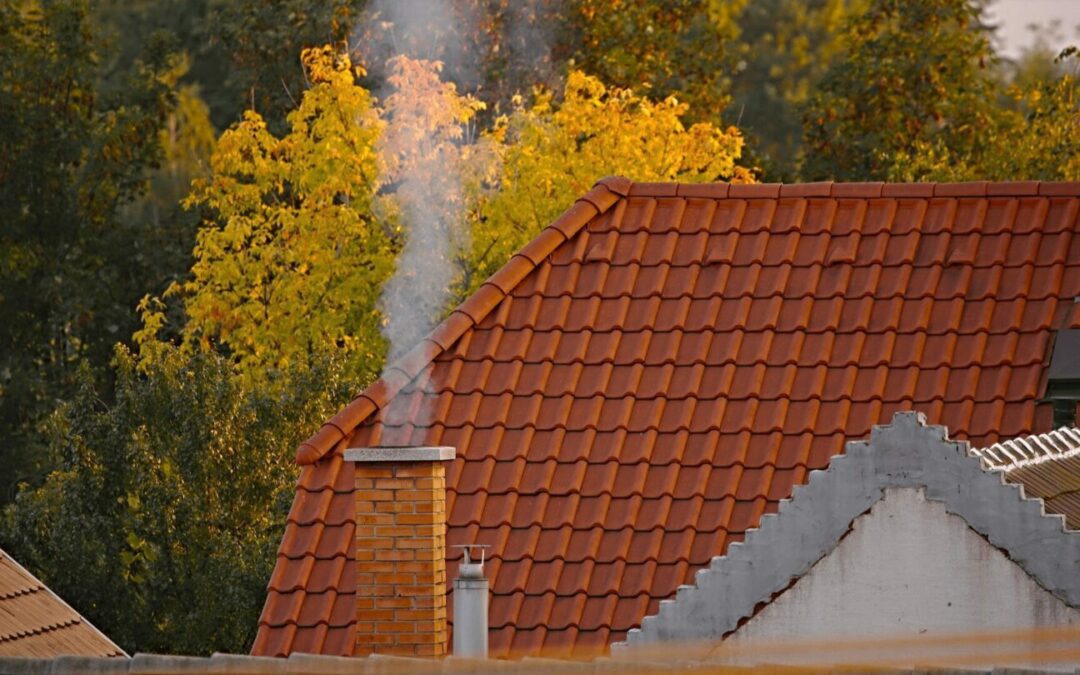You may be eager to learn how to inspect a chimney because it’ll save you money, but we highly recommend you hire a professional for the job. At the same time, we do recognize learning how to inspect a chimney can be extremely useful. A professional inspector will know more of what to look for and provide essential feedback.
The best action you can take to maintain the quality of your chimney is an annual inspection. The Chimney Safety Institute of America (CSIA) recommends homeowners have their chimney inspected every year to ensure it meets building codes and remains safe. Fresh Air Duct Cleaning can perform your annual inspection along with any other chimney services you may need.
Here is how to inspect a chimney!
Prepare for the Occasion
Chimney inspections are not too difficult to perform, but you may miss something a trained professional would. That is why we recommend hiring professionals for the job. Of course, we know you might want to perform the inspection yourself. With that said, here are the tools you should use for the job:
- pants
- long-sleeve shirt
- hat or beanie
- respirator or mask
- safety glasses or goggles
- high-powered flashlight
When it comes to clothing, make sure they are old or articles you don’t really like. Chimneys are full of soot and ash, so you are definitely going to get dirty. As for the flashlight, you can also substitute a headlamp if you have one available.
1. Start With the Firebox
The firebox or fireplace is the easier place to start when it comes to a chimney inspection. Since you are performing your own inspection, allot some time during preparation to clean out the fireplace. Remove ash and wood, so it’s clean as possible. It will make the inspection much easier.

Examine your firebox closely. The brick and mortar should be solid. If there is any sign of loose bricks or mortar, then you have a problem. Keep an eye on cracks, too, as they can become serious issues later down the road.
2. Damper
The damper is located right above the firebox and below the smoke chamber. If you want to learn more about the damper and other chimney parts, you can visit a previous blog of ours, breaking down a chimney’s anatomy.
Your damper should is made of metal and should be strongly fitted to the structure. Examine it closely for any potential shaking or looseness. You should also search for any types of corrosion such as rust on the damper. This is a sign of age and should be addressed soon.
3. Flue and Liner
The flue is the throat of the chimney and has a liner along its surface. The liner is typically made of metal, but it may also be made of clay tiles. In either case, use your light to examine the quality of the liner. The liner is the most important part of your chimney because it protects flammable materials. If the liner is damaged, it increases the risk of a fire occurring in your home.

If you are unable to get a good look at the liner and flue from the bottom of the chimney, get on the roof. From there, look for cracks or corroded materials. This is also a great time to see if there are any obstructions in the chimney. Any major obstructions will most likely be noticeable such as branches, leaves, or an animal nest.
4. Finally, the Chimney Cap
The chimney cap is the very top of your chimney. Ensure your cap is fastened tightly to the chimney and keeps animals and debris out. Damaged chimney caps serve to be serious issues for the health of your chimney. Fortunately, there are 4 signs you need a chimney cap.
Now You Know How to Inspect a Chimney
Even though you know how to inspect a chimney, you shouldn’t perform essential cleanings or repairs unless you are highly experienced. Contact Fresh Air Duct Cleaning to perform your inspection, cleaning, or repair. Our team would gladly take the project off your hands. Contact our team today at (214) 272-9715 for a free estimate over the phone.

